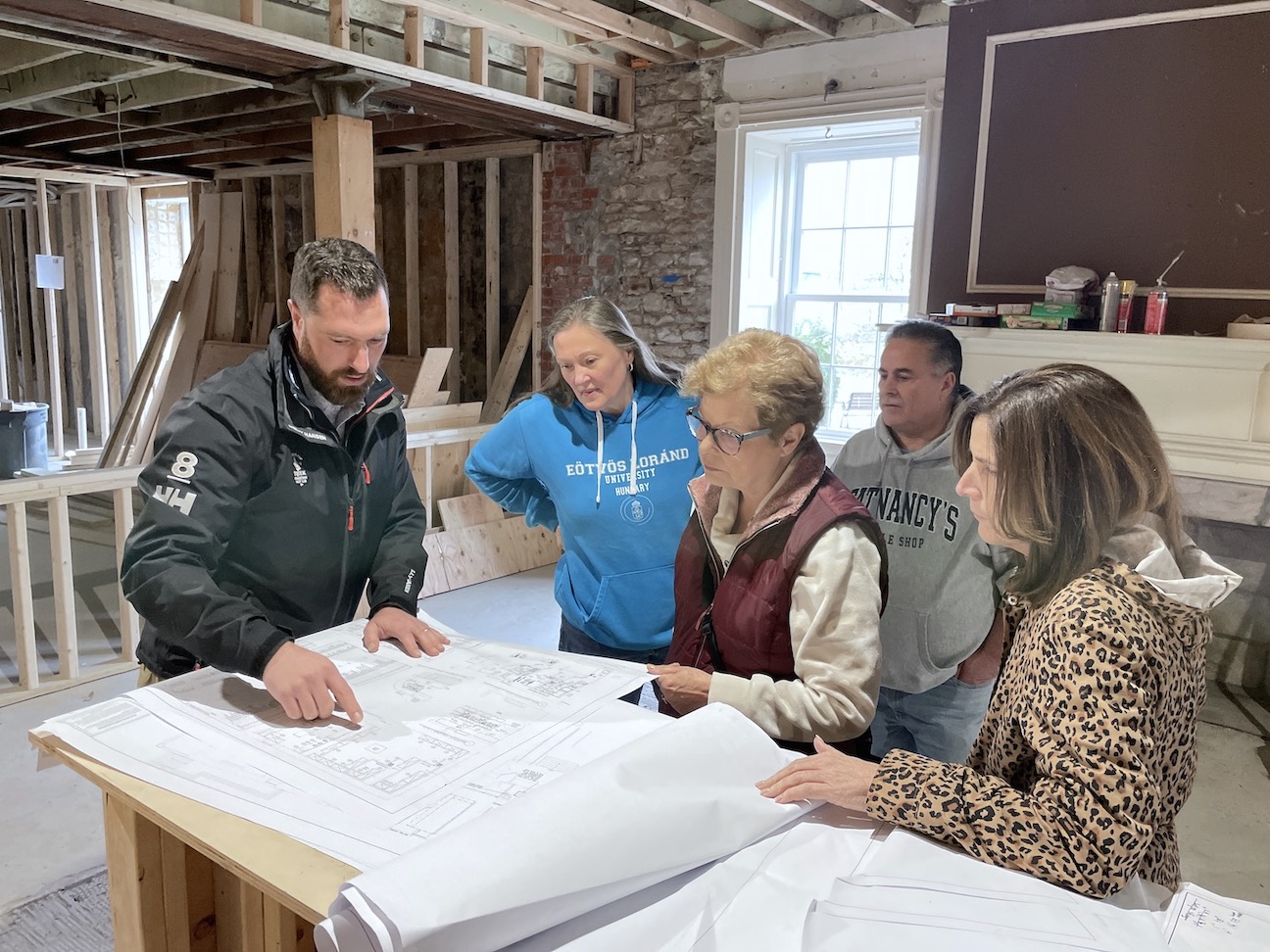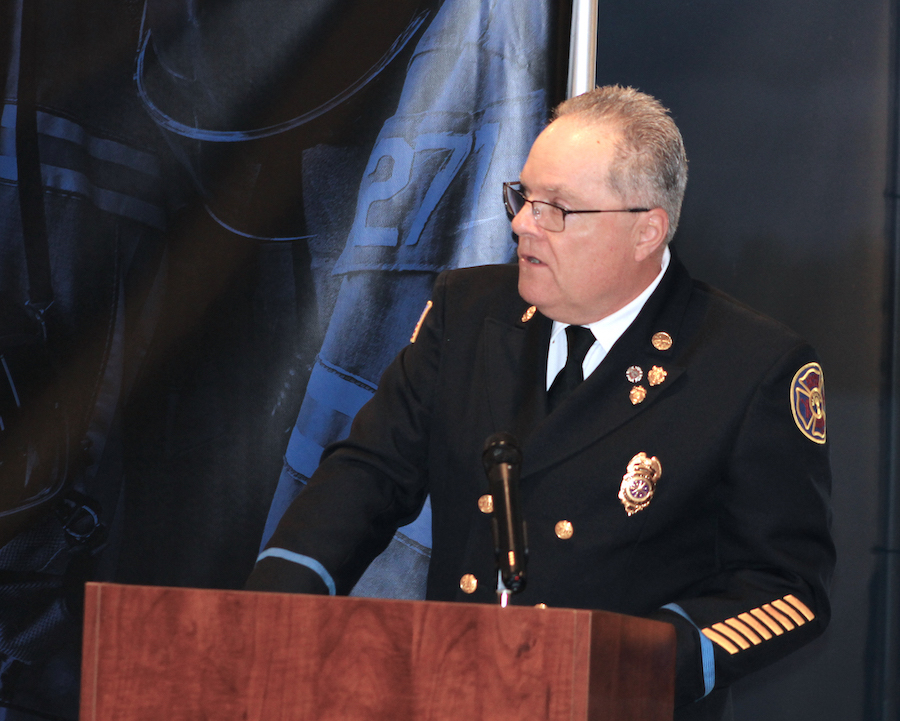Featured News - Current News - Archived News - News Categories
Says New York’s rebounding population meets another recovery goal
The New York State Department of Environmental Conservation announced the release of the 2021 Lake Sturgeon Population Assessment Status Report. The report demonstrates the lake sturgeon population in the Upper St. Lawrence River has exceeded crucial metrics set forth in the Lake Sturgeon Recovery Plan for adult spawning and juvenile recruitment.
“Lake sturgeon are rebounding in New York state, and that’s great news,” Commissioner Basil Seggos said. “This progress is possible because of the work of dedicated staff at DEC, and our strong partnerships with the U.S. Fish and Wildlife Service, U.S. Geological Survey, Saint Regis Mohawk Tribe, New York Power Authority and Cornell University. Together, we have secured funding, raised and released sturgeon, and used science to track our success, and DEC looks forward to continuing these effective collaborations.”
The Lake Sturgeon Recovery Plan, written in 2018, set the following goal for lake sturgeon in New York state: “Establish or maintain sufficient self-sustaining populations of lake sturgeon within six of the seven management units to warrant removal of lake sturgeon from the list of threatened species in New York.”
With the addition of the Upper St. Lawrence Management Unit, the lake sturgeon population has now reached the target in four of the seven management units. When the population reaches the target level in two more management units, DEC will seek to remove lake sturgeon from the threatened species list.
The Upper St. Lawrence Management Unit for lake sturgeon runs from Cape Vincent downstream to the Moses Saunders Dam and includes the Oswegatchie River drainage. Based on sampling of populations in Black Lake, the Oswegatchie River, and the spawning beds near the Iroquois Dam on the St. Lawrence River, DEC documented healthy reproducing adult lake sturgeon and the presence of several year classes of juveniles throughout the management unit.
Lake sturgeon have been on New York’s threatened species list since 1983. DEC began its lake sturgeon restoration program in 1993 by stocking four sites. In 2021, DEC and the U.S. Fish and Wildlife Service stocked 10 locations. More than 275,000 lake sturgeon have been stocked into New York waters since 1993.
DEC said, “Lake sturgeon can live for more than 100 years and grow to 7 feet in length, making them the largest freshwater fish in New York. Because of this long lifespan and delayed sexual maturity, lake sturgeon are incredibly vulnerable to overfishing and population depletion. Anglers deserve credit for being good stewards of New York’s aquatic resources and helping to keep lake sturgeon populations on the rise.”
Partial funding for the lake sturgeon recovery program comes from the State Wildlife Grant Program and the Fish Enhancement, Mitigation and Research Fund, both administered by the U.S. Fish and Wildlife Service.
U.S. Fish and Wildlife Service New York Field Supervisor David Stilwell said, “The U.S. Fish and Wildlife Service’s New York field office and Genoa National Fish Hatchery remain committed to the recovery of lake sturgeon in New York. This joint recovery effort is a model for partnership in achieving shared species recovery and restoration goals, results from years of work by dedicated staff from all partners. We are proud to be a partner in this important conservation effort."
U.S. Geological Survey scientist Dawn Dittman said, “Meeting the population recovery criteria is an important and exciting milestone for lake sturgeon restoration in Lake Ontario and the St. Lawrence River. As part of the recovery team, the USGS provides unbiased and consistent technical support through field assessments and high-quality fish and environmental data.”
New York Power Authority Director of Environmental Operations Jeff Gerlach said, “NYPA is excited by the success of the ongoing Lake Sturgeon Recovery Plan and looks forward to continuing our partnership with the resource agencies and stakeholders on establishing a healthy, sustainable population of lake sturgeon in New York.”
Director of the Cornell University Biological Field Station Lars Gosta Rudstam said, “Lake sturgeon is now part of the Oneida Lake ecosystem. These iconic fishes are reproducing in the lake and growing to impressive sizes. Last year, we were able to tag one 26-year-old fish that weighed almost 160 pounds. This a wonderful development.”
Saint Regis Mohawk Tribe Environment Division Program Manager Jessica L. Jock said, “Teiokién:taron, lake sturgeon, is a revered and culturally important fish species in Mohawk and Haudenosaunee waters. We are grateful for our positive working relationship with the New York State DEC, Mohawk Council of Akwesasne, and other federal and academic partners to ensure this vibrant species continues to flourish for future generations in Akwesasne and New York state waters.”
The 2021 Lake Sturgeon Population Assessment is available on DEC's website. For more information about lake sturgeon in New York, see DEC's Lake Sturgeon Recovery Plan.
For more information on how DEC tracks lake sturgeon, visit this link from DEC’s YouTube page.





























